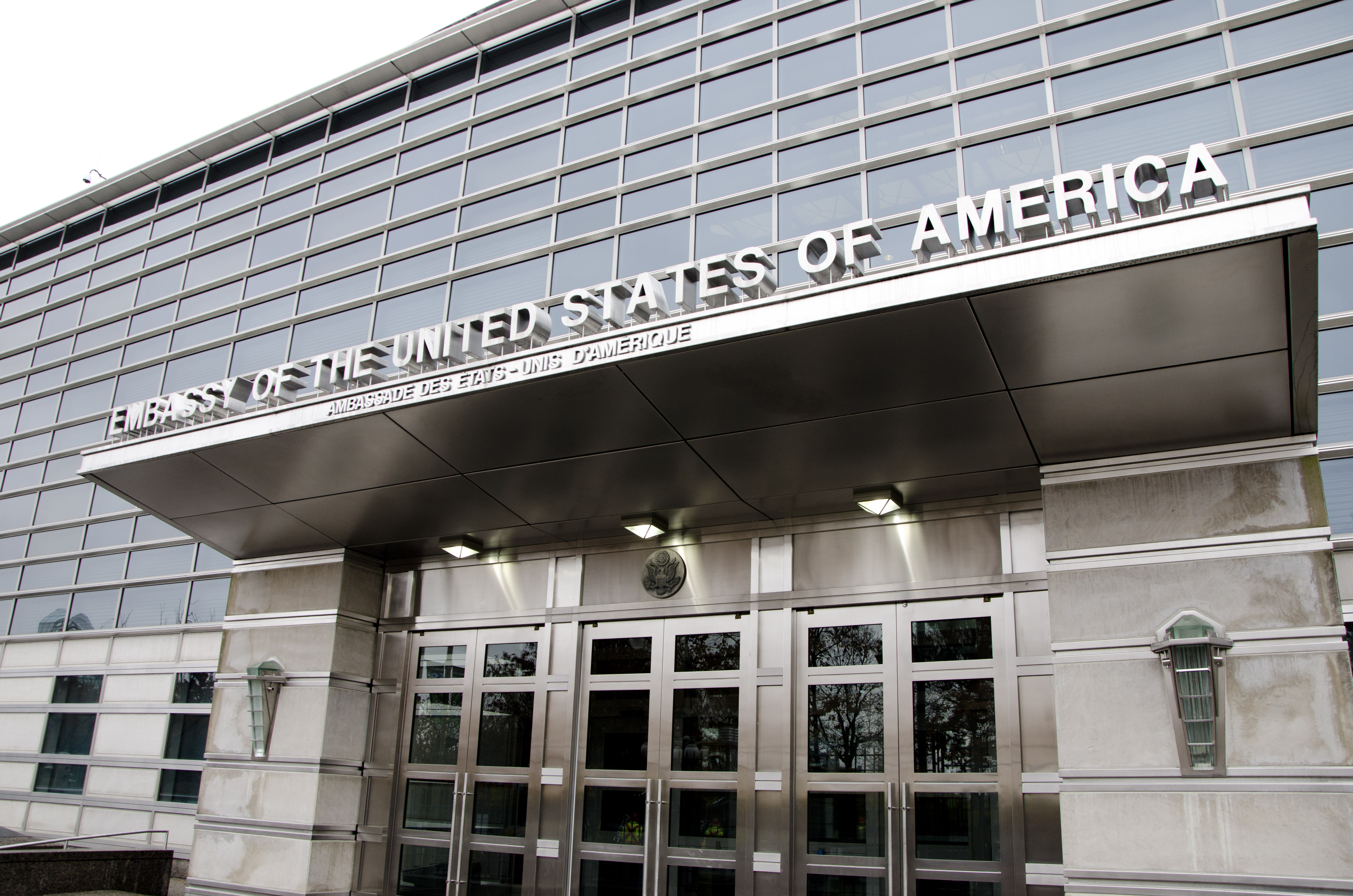With Donald Trump’s inauguration coming up in January alongside a Republican-controlled House of Representatives and Senate, and a handful of potential Supreme Court vacancies on the horizon, it would appear that the United States may be making a hard-right turn for a generation. However, history doesn’t necessarily share this interpretation.
Trump does not have a mandate to govern the U.S. He lost the popular vote, and many of the states that gave him his victory had small enough margins that it could easily be reversed in upcoming years. The Democratic Party is poised to make a dramatic comeback if it plays its cards right.
First, we must consider the main factor that got Trump elected: anger. Americans, especially those living in the Rust Belt (which handed Trump the electoral college votes needed to win the presidency), were angry at a political system that left them behind following the Great Recession. While it is easy to claim that all Trump supporters are racist, misogynistic xenophobes—and many of them are—it is a drastic oversimplification of what we saw here. If those of us living in metropolitan areas fail to understand the concerns and motivations of rural areas, this will happen again.
That being said, once those Rust Belt inhabitants have realized they have been duped and elected a man to break the system that he will be incapable of putting back together, they will quickly turn the very anger that put him in the White House back on him. Let’s remember that reality is far more nuanced than Trump made it appear.
The Democratic Party was punished on election night. Voters destroyed it in a message that aptly holds them responsible for how free trade has ravaged rural and industrial communities, and the utter lack of action from the Democrats in fixing their problems. Do not fret though, for the fact that Trump has been made a Republican presidential-elect means that voters, in weird function of democracy, have held that party responsible too. Political junkies will note that the Republican party is currently locked in turmoil, with the Tea Party and Trump struggling against more moderate politicians, and with poor Paul Ryan right in the middle of the whole thing. This is where the Democrats can benefit.
Trump has to face voters again in only two years, during the congressional midterm election. When he fails to enact most of his platform, the Democrats will more than likely be running against an unpopular president. However, in order to be ready for this, the Democratic Party will need to rebuild from the ground up.
The Democratic Party establishment tasted bitter failure when the grassroots were trying to tell them that change was in the wind. Bernie Sanders will fight to ensure that the Democrats are reformed to better suit the needs of the people again, rather than the spineless corporatist leadership they relied upon this election cycle.
If the Democrats are successful in rebuilding itself, then 2018 may be a landslide year. However, 2020 is still another prize to consider. The Democratic Party now sits in the position it was in 1928, four years before Franklin D. Roosevelt began his long conquest to reform America. It is also looking the same way the Republicans looked in 1976, four years before a new Republican messiah led them into modernity—Ronald Reagan.
If the Democratic grassroots takes the reigns within the party and puts Elizabeth Warren or Cory Booker forward in 2020, we could be looking at a political phenomenon seen once a generation.
So buckle up progressives, this is going to be a long, hard, and ugly four years, but we have work to do.





